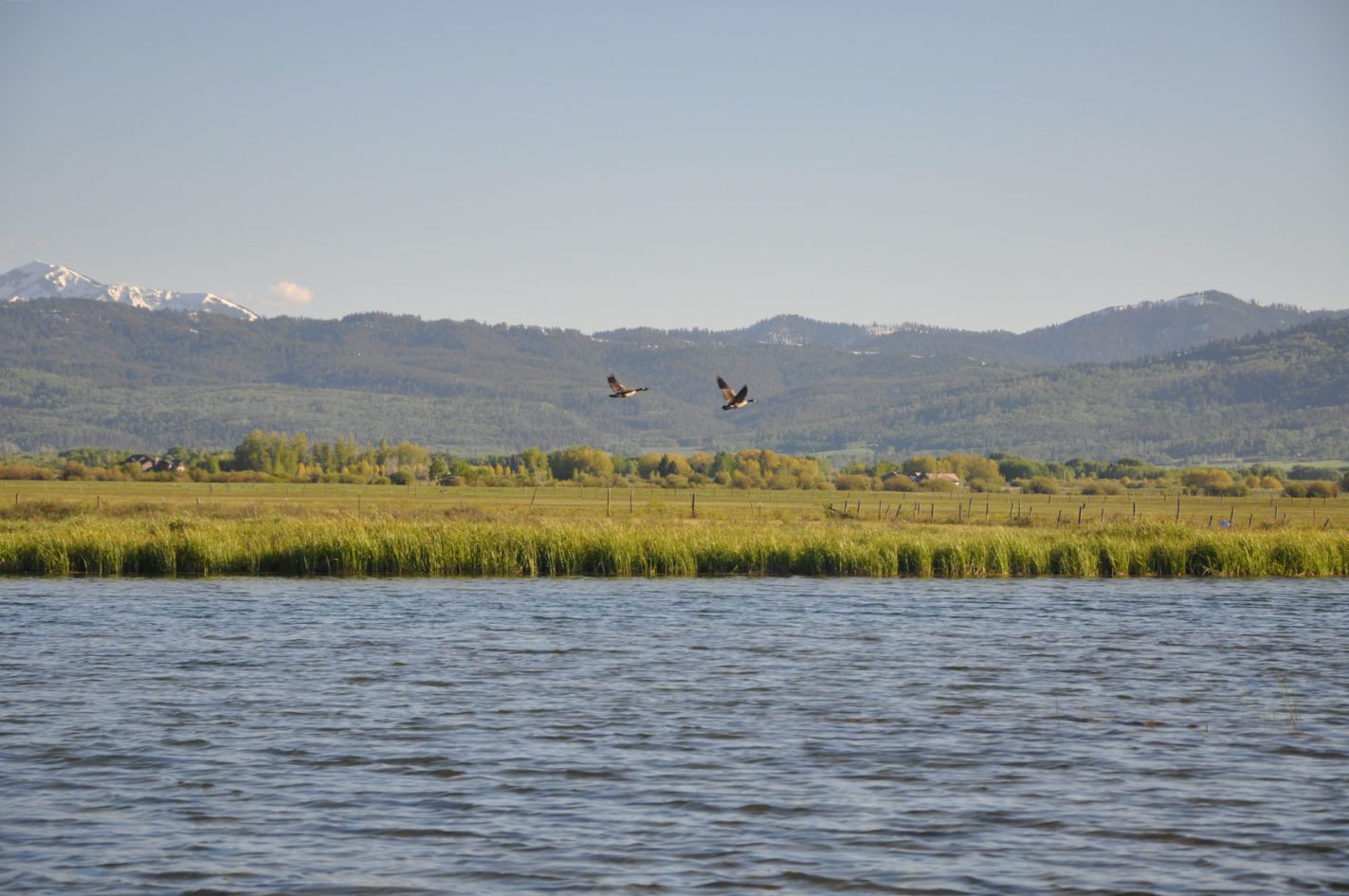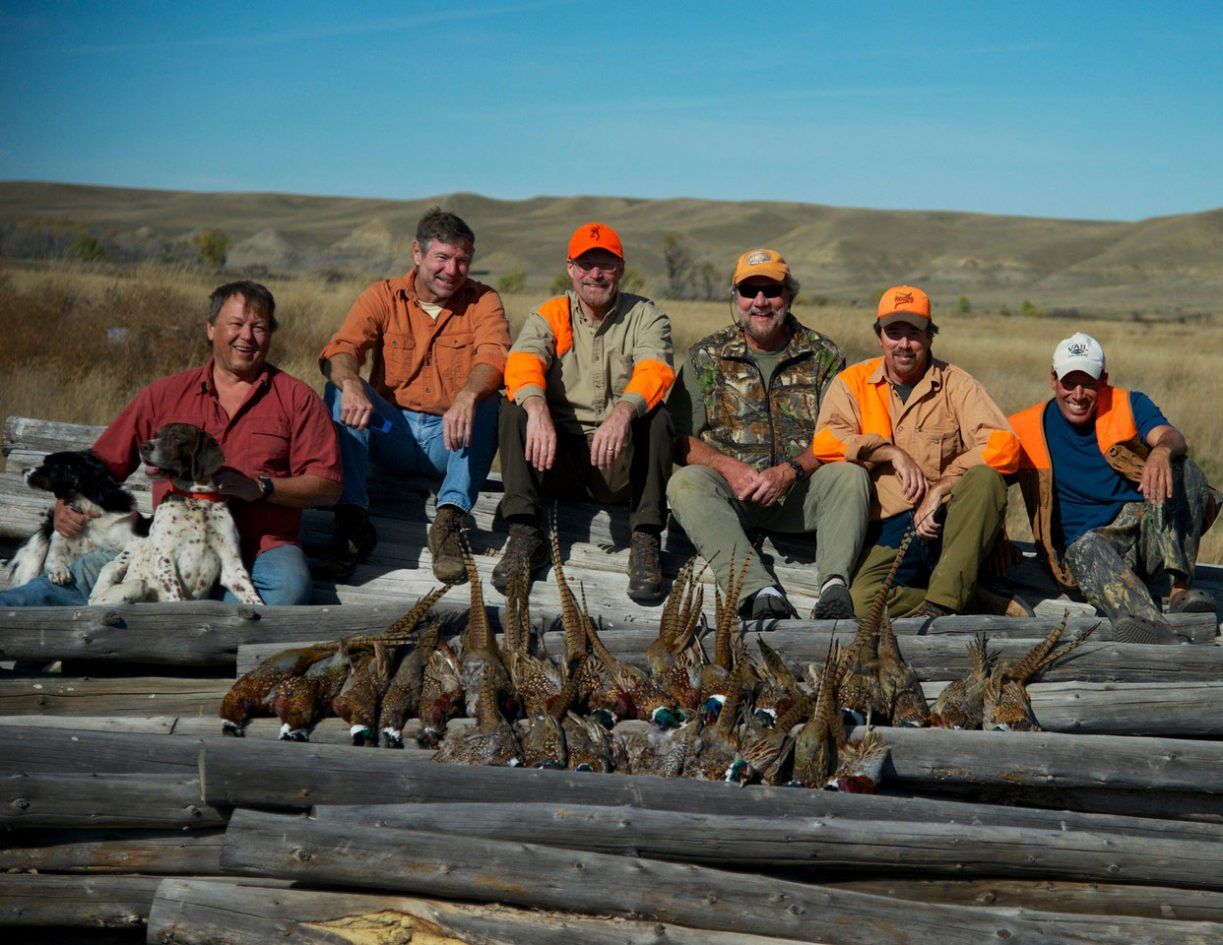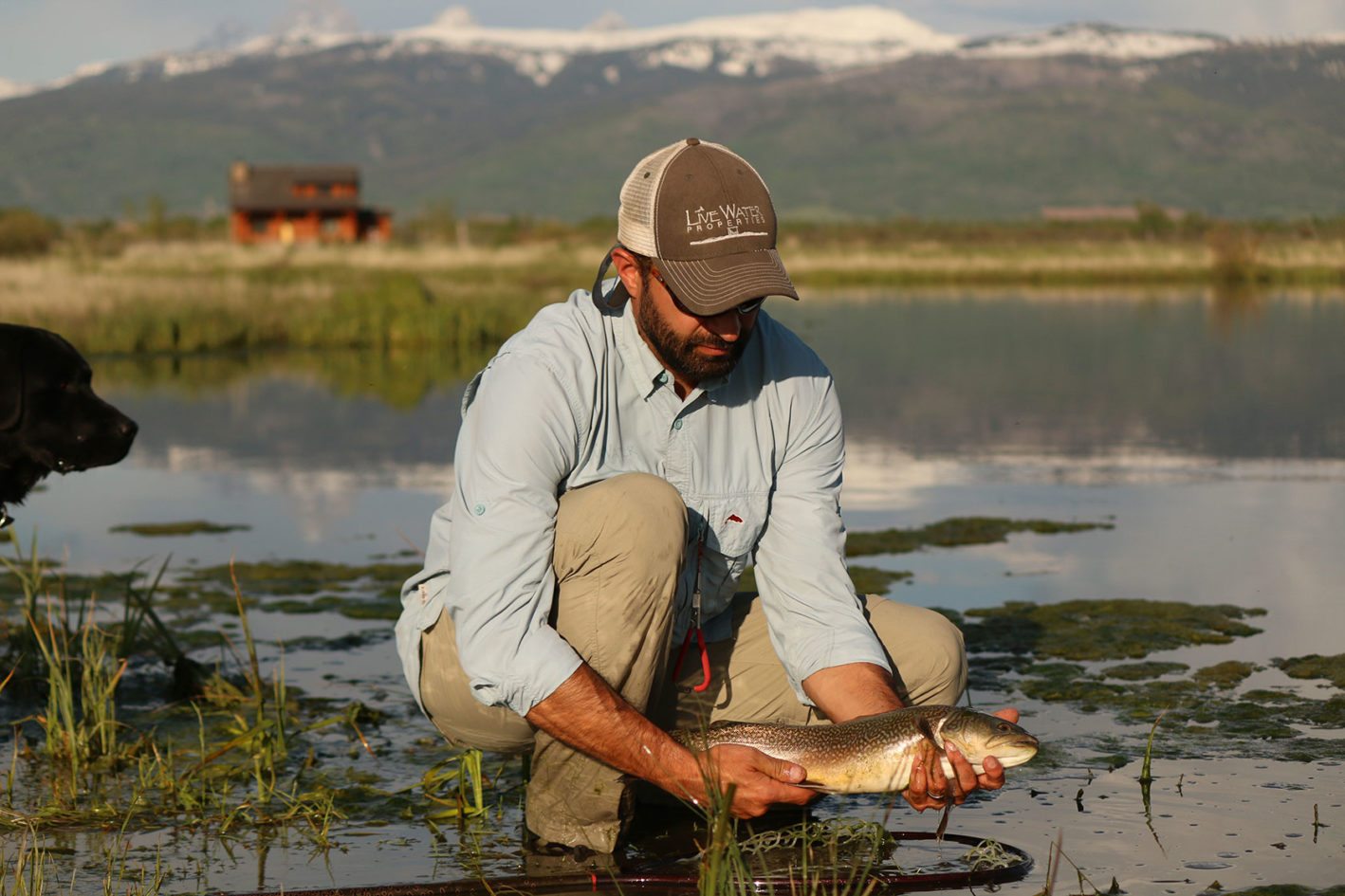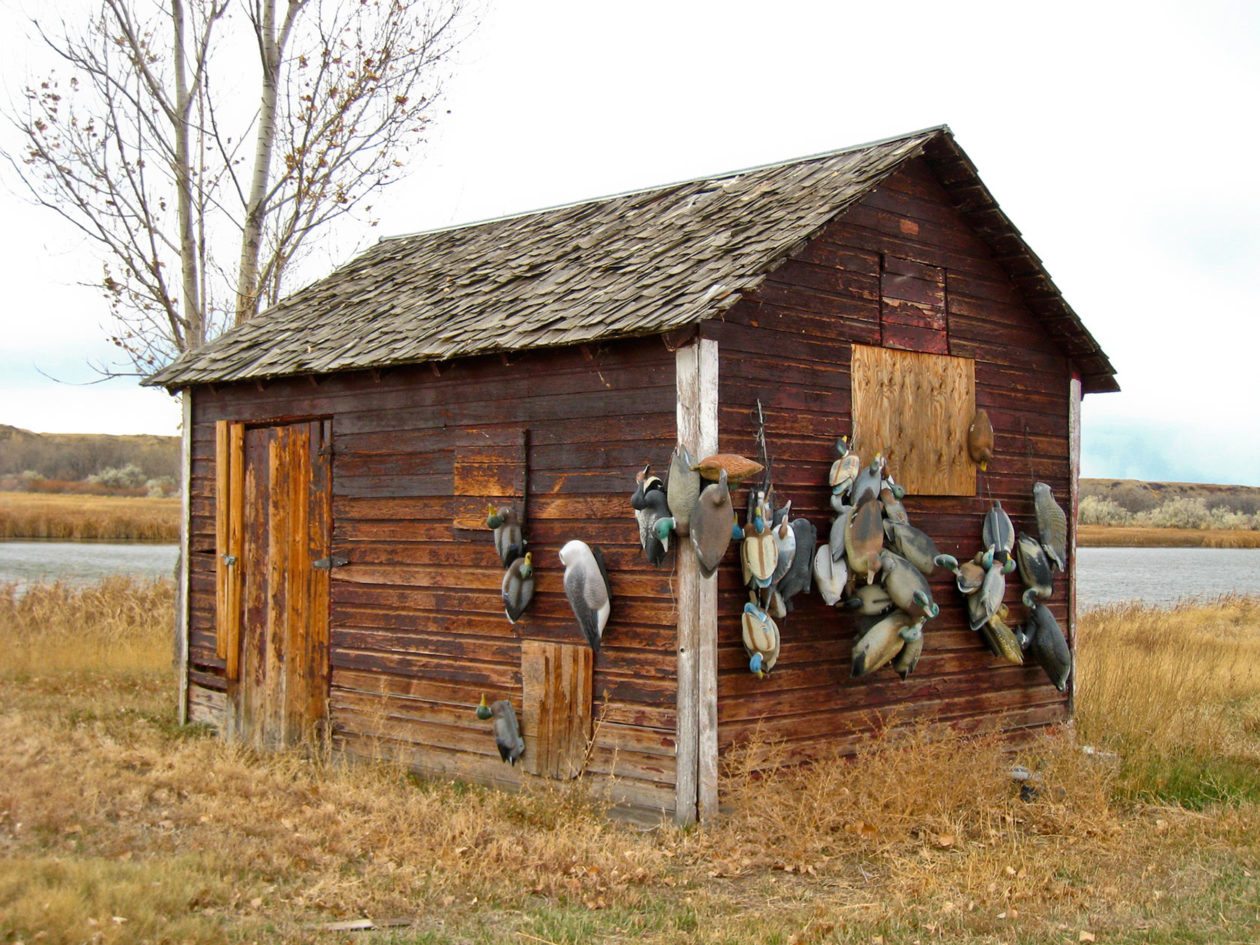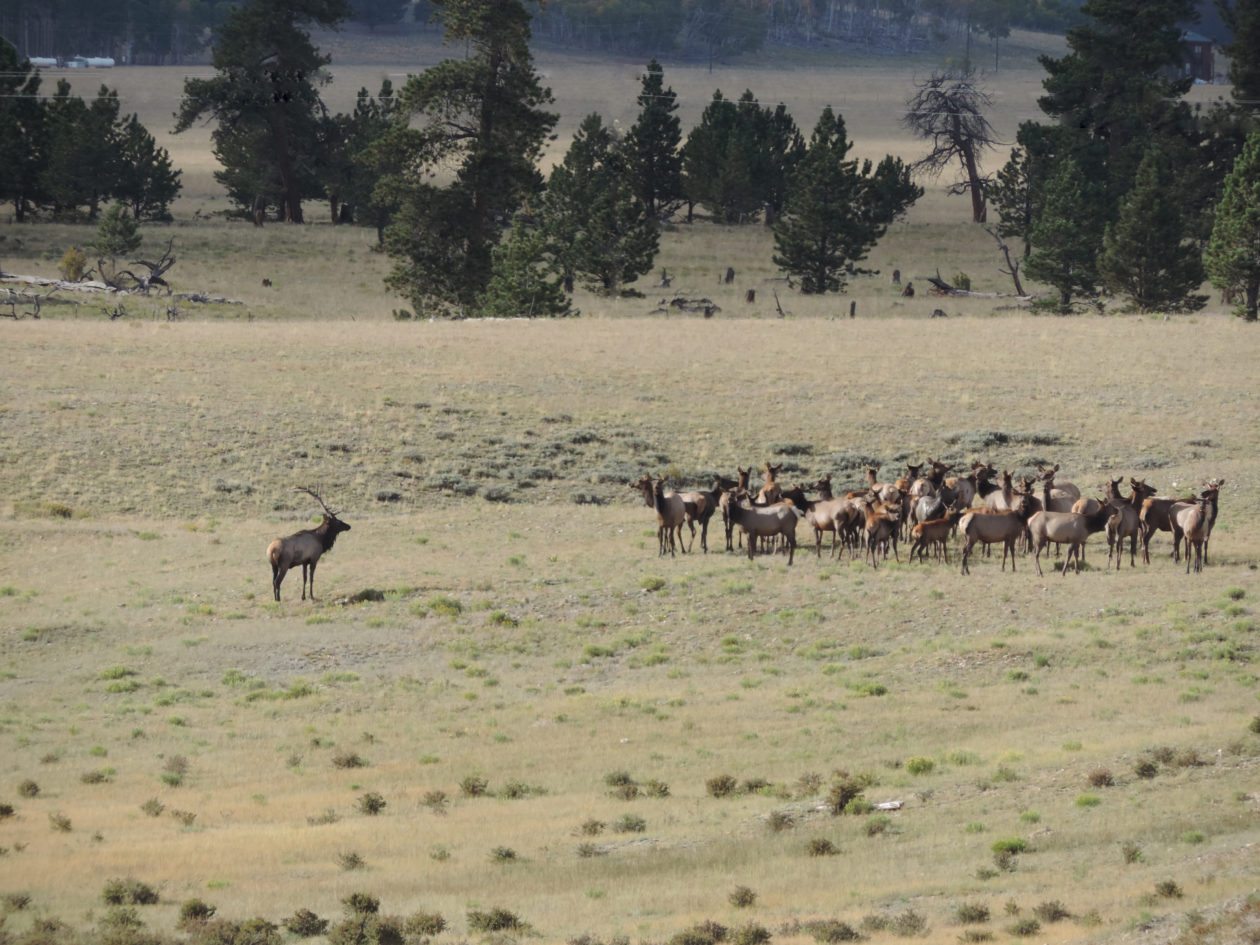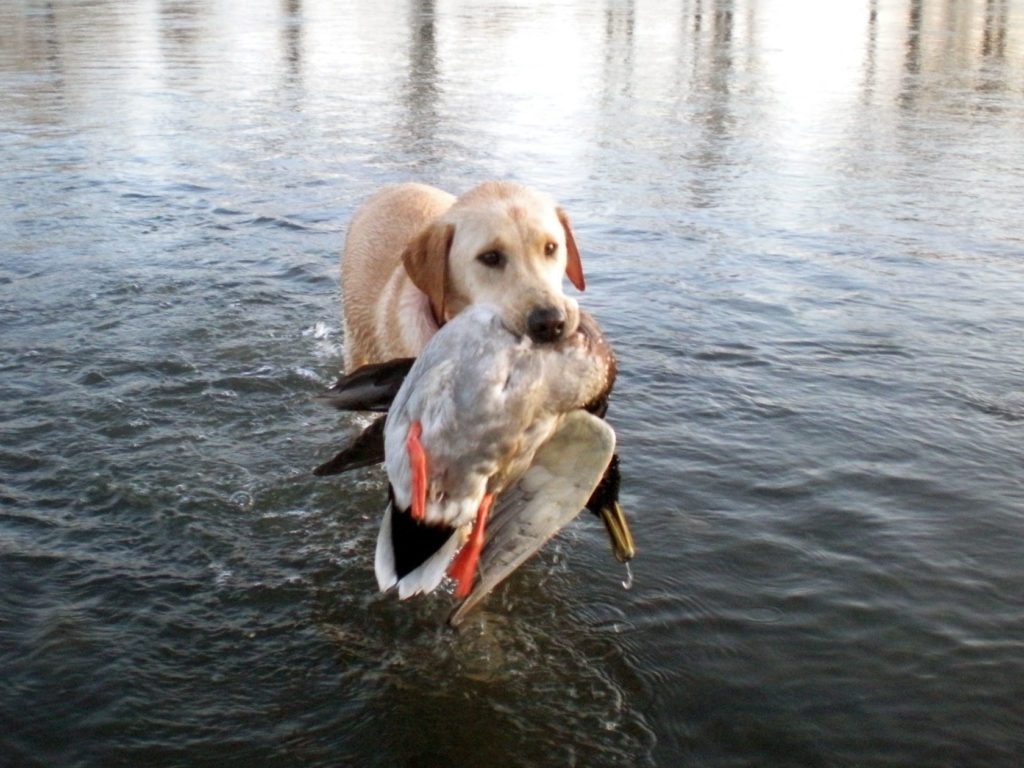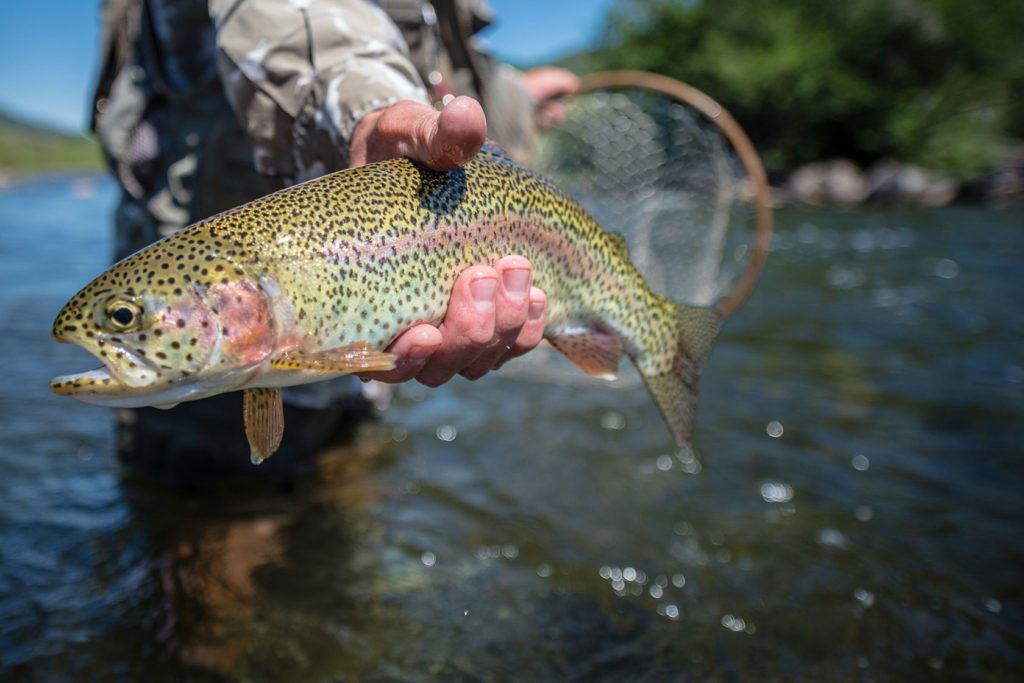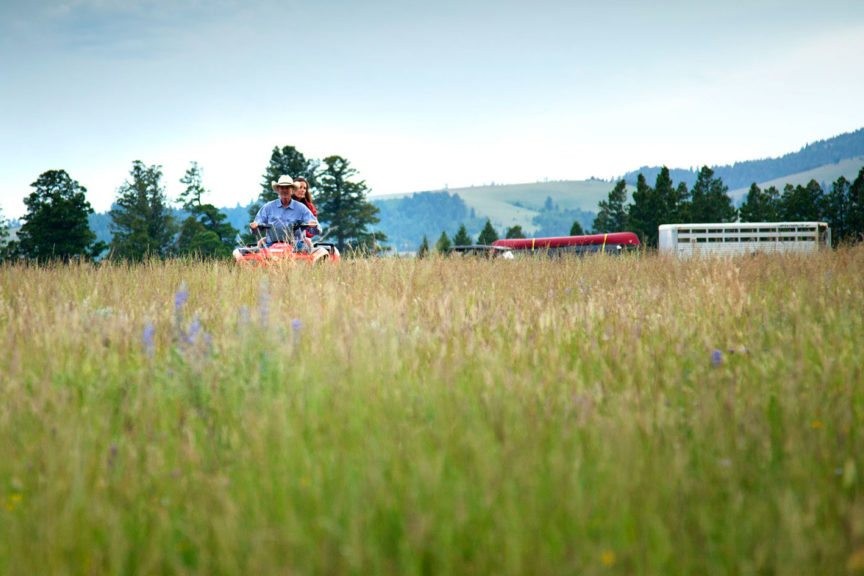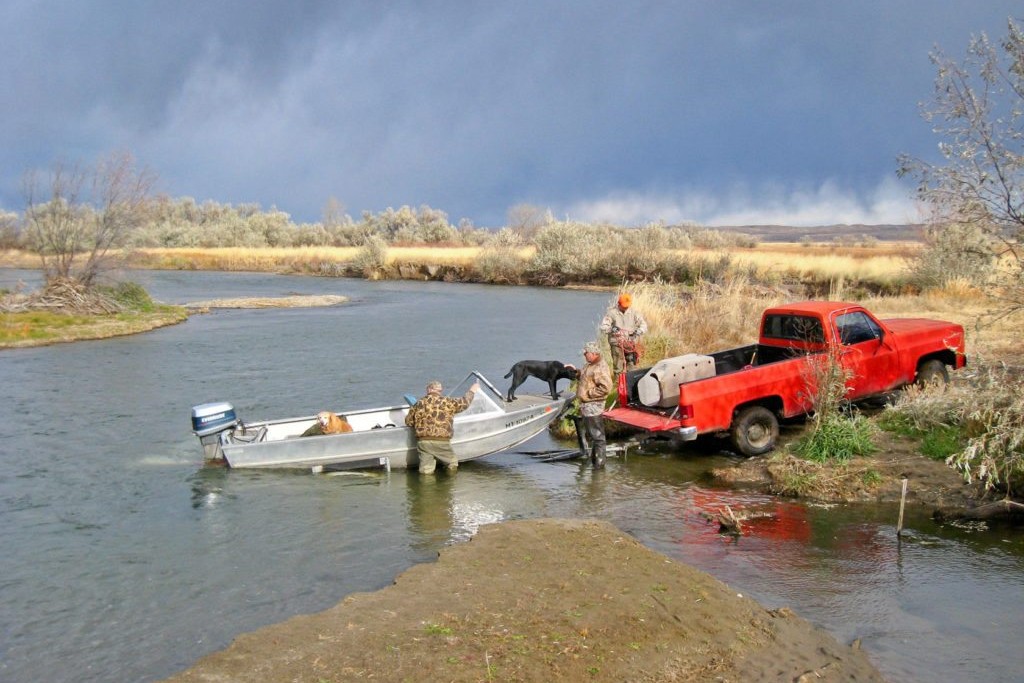Today we start a 3 part series on maximizing recreational assets of real estate.
Recreational-oriented property has been a dynamic segment of the rural real estate market in the Rocky Mountain west for many years. Beginning in the early 1980’s, the historic trend of farms and ranches being purchased mainly for agricultural production was augmented with an additional buyer pool of individuals largely motivated by recreational amenities that a property could offer. This trend continues today, and some of the most compelling and desirable acreages are those that provide the foundation to raise crops and livestock as well as provide good opportunities for fishing, hunting and a variety of other recreational pursuits. These properties oftentimes reward an owner with a lifestyle tied closely to the land, along with the benefits of a viable income stream, potential tax advantages, and long-term appreciation of an investment that can actually be touched, is engaging to own, and can be enjoyed by family and friends.
In the broadest sense, the term “recreation” as it pertains to real estate certainly describes different things for different people, but most individuals highly value the presence of fish and game, whether for sporting pursuits or the simple aesthetic experience of having a prolific wildlife community and sustaining ecosystem on the property. While some properties naturally have the right blend of ingredients to support diverse wildlife, many do not, due to location, or the simple fact that a mix of preferred features that draw and support animals are insignificant or non-existent altogether. Fortunately there are methods to address these deficiencies, ultimately increasing productivity and invariably, the overall value of the land. Generally, as long as water is available, habitat and food sources can be established or further enhanced. While this process of property sculpting does require effort, time and money, the benefits can be very rewarding, and may open the door to acreages – possibly “diamonds in the rough” – that do not immediately provide strong recreational options, but are also priced accordingly less than more turn-key offerings.
Concurrent with the surge of interest in recreational property, an industry comprised of land and water reclamation and enhancement firms has evolved that specialize in property improvement strategies for landowners to increase wildlife populations, whether it be for fish, upland birds, waterfowl or big game species. These firms incorporate knowledge of disciplines including agricultural management, range and soil science, water rights, wildlife biology, engineering, geology, forestry, construction and other areas of expertise, are well versed in what can and cannot be done due to practicality, viability, and existing regulations, and can facilitate the process of obtaining any requisite permits for a particular task. While there are many different issues and improvements that may need to be addressed on a particular property, enhancement projects generally fall into a few categories – albeit accepted practices, regulations and required protocol will vary state to state. My observations are based on experience gained through brokering recreational real estate in my home state of Montana for almost three decades.
Continue Reading: Part Two Streams, Ponds and Lakes, Wetlands


